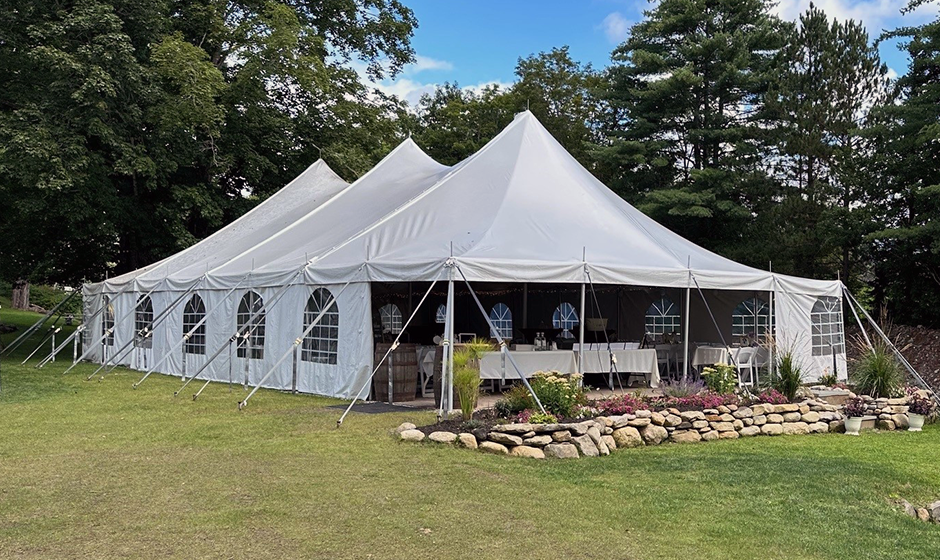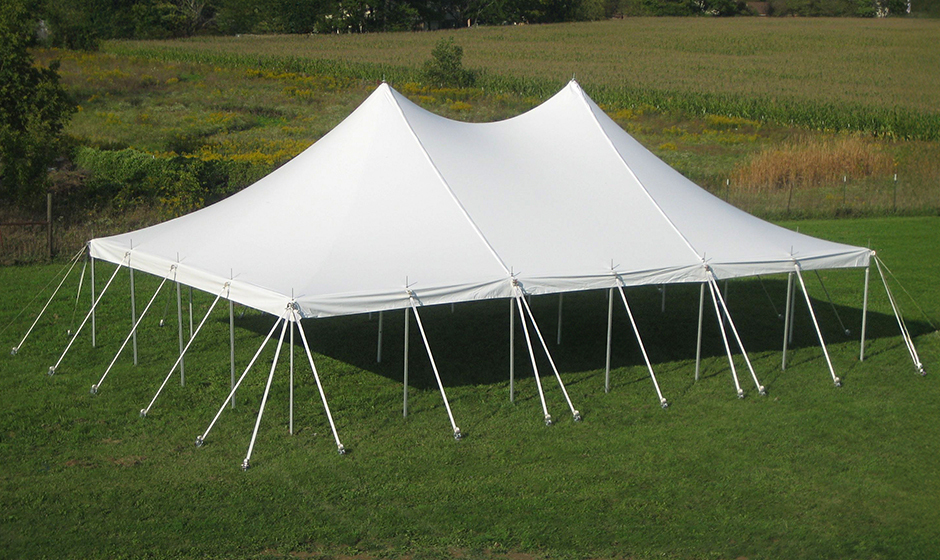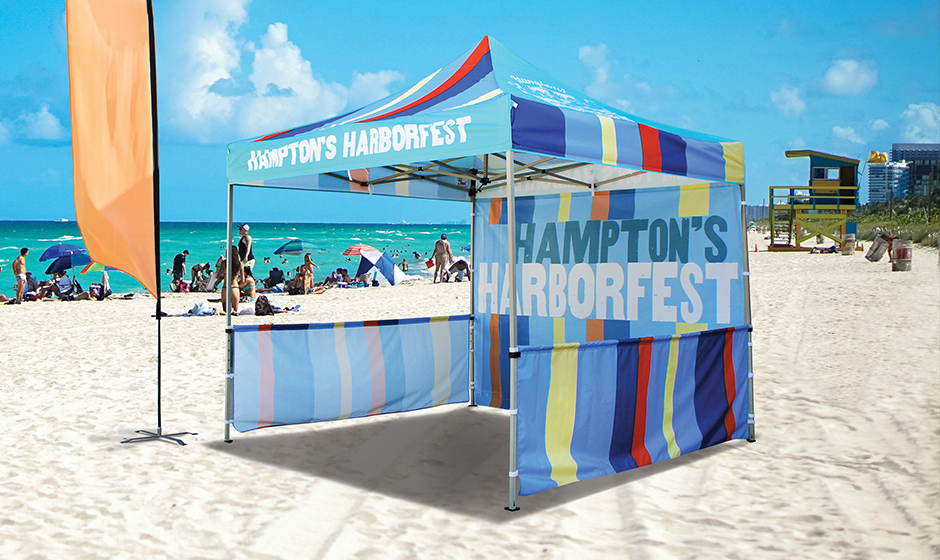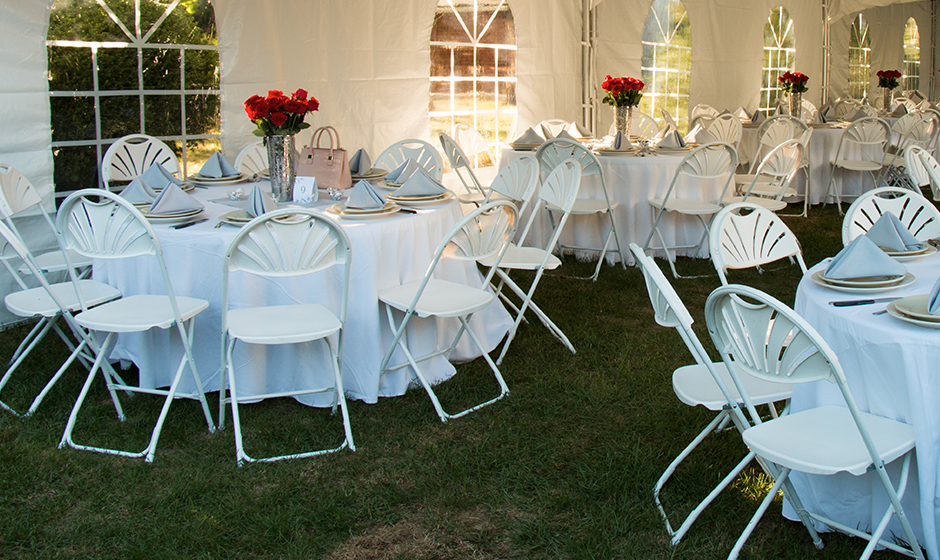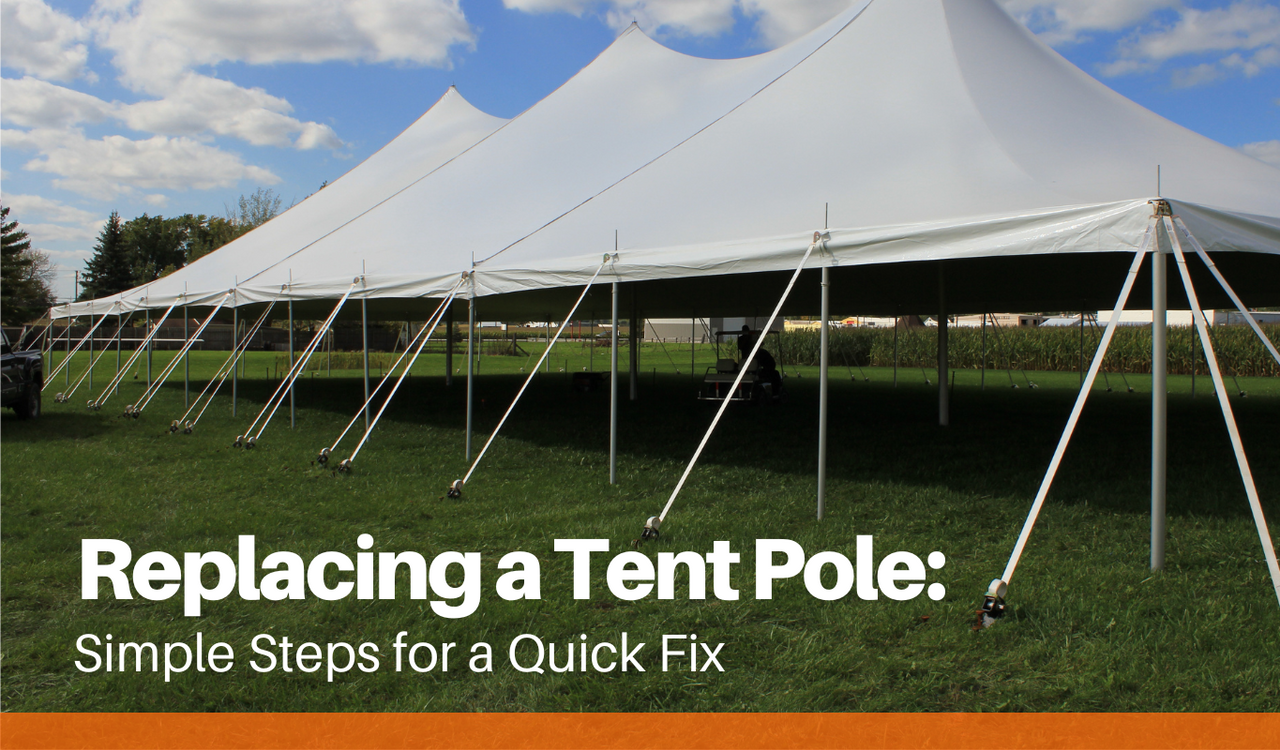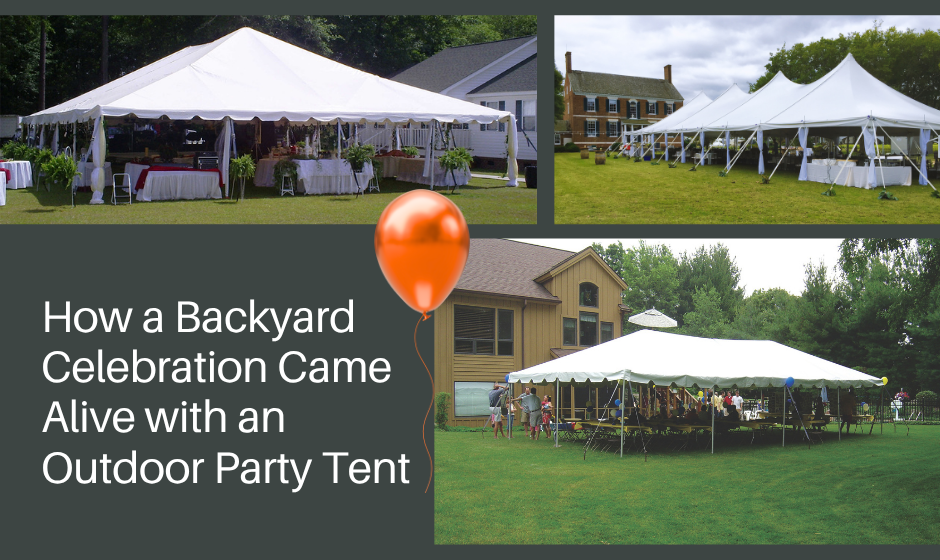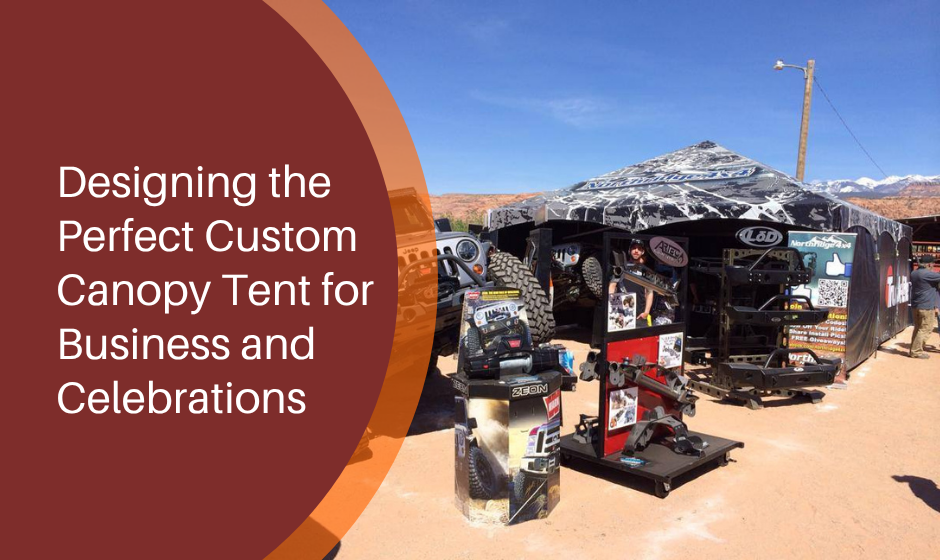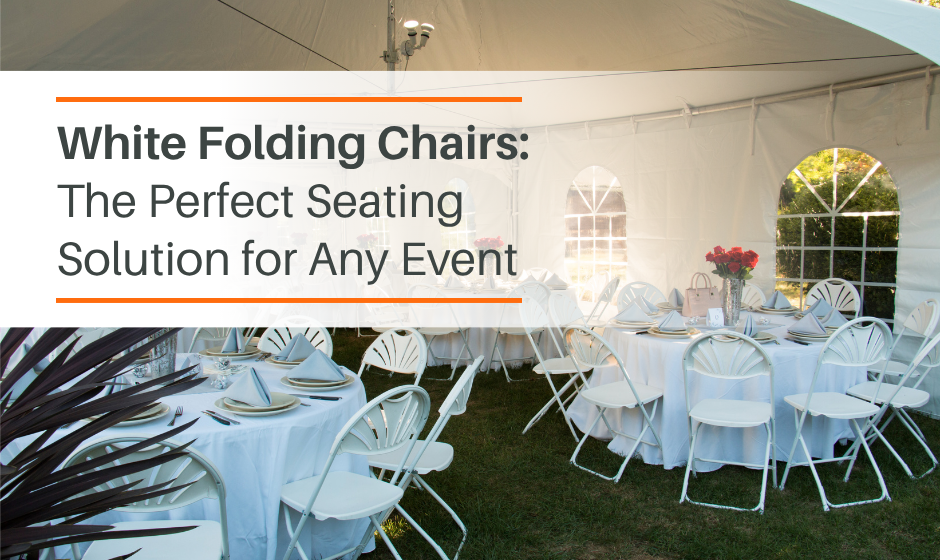Replacing a Tent Pole: Simple Steps for a Quick Fix
Anyone who has ever set up a tent knows how important tent poles are. They are the backbone of the structure, keeping the fabric taut and ensuring the tent stays upright. But what happens when one snaps, bends, or cracks? Replacing a tent pole might seem like a hassle, but with the right approach, it’s easier than you think. A broken tent pole can turn a fun camping trip or a crucial outdoor event into a frustrating experience, but knowing how to replace it quickly can save the day.
Whether you're dealing with a fiberglass pole that has split, an aluminum pole that's bent beyond repair, or a steel pole that's rusted, this guide will walk you through every step of the process—from diagnosing the problem to choosing the best replacement and making sure it never happens again.
Why Tent Poles Break and How to Prevent It
1. Stress and Overuse
Tent poles undergo significant tension and pressure, especially during setup and takedown. Repeated use can weaken them over time, leading to stress fractures or bending.
Prevention Tip: Handle poles with care. Avoid forcing them into sleeves—if resistance occurs, check for misalignment or obstruction.
2. Wind Damage
Strong winds can put excessive strain on tent poles, causing them to bend or snap. Sudden gusts during setup or while the tent is in use can be particularly damaging.
Prevention Tip: Always secure your tent with proper anchoring such as stakes and guylines. For extreme conditions, set up in a sheltered location.
3. Accidental Pressure or Mishandling
Poles often break when stepped on or stored improperly.
Prevention Tip: Store poles in their protective bag and avoid placing heavy objects on top of them.
4. Wear and Tear Over Time
Fiberglass poles, in particular, can develop micro-cracks with frequent use. These can lead to sudden breakage under tension.
Prevention Tip: Inspect poles before each use and replace cracked or weakened sections promptly.
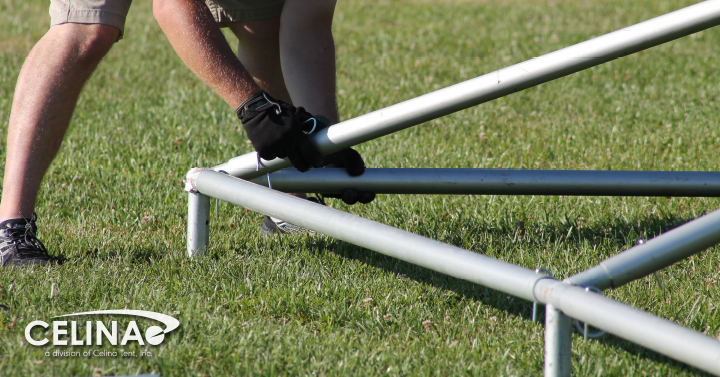
Types of Tent Poles and How They Affect Replacement
1. Fiberglass Tent Poles
- Common in budget-friendly tents
- Lightweight but prone to splitting or cracking
- Cannot be bent back into shape once broken
- Often connected with internal shock cords
Replacement Tip: Replace the entire section rather than attempting repairs on fiberglass poles.
2. Aluminum Tent Poles
- Lightweight and strong—found in most mid- to high-end tents
- Can sometimes be bent back into shape
- More resistant to cracking than fiberglass
Replacement Tip: Slight bends can be straightened; replace severely bent or broken poles.
3. Steel Tent Poles
- Used in large event tents and canopies
- Extremely strong but susceptible to rust if not maintained
Replacement Tip: Remove light rust with cleaner; replace poles that are heavily corroded or deformed.
Step-by-Step Guide: How to Replace a Tent Pole
Step 1: Assess the Damage
Determine if the pole can be temporarily splinted with duct tape or if it needs a full replacement. Small cracks may be stabilized short-term, but full fractures require replacement.
Step 2: Measure the Old Pole
- Total length (assembled)
- Diameter of the pole
- Number and length of sections
Step 3: Choose a Replacement Pole
- OEM Poles: Match the original manufacturer for a perfect fit.
- Universal Poles: Adjustable or cut-to-fit replacements for various tents.
- DIY Kits: Include sections and shock cords for custom assembly.
Step 4: Remove the Broken Pole
Slide the damaged pole out of the tent’s sleeve or clips. Cut the internal shock cord near the broken section if needed. Save any intact ferrules for reuse.
Step 5: Assemble the New Pole
Connect pole sections and thread the new shock cord through, tying secure knots at each end. Reattach ferrules or end caps as required.
Step 6: Install the Replacement Pole
Insert the new pole through the tent sleeves or clips and secure it in position. Ensure proper tension and stability before completing setup.
When Should You Replace a Tent Pole?
- Visible Cracks or Splits: Especially common in fiberglass poles.
- Bent or Warped Poles: If it cannot be straightened safely, replace it.
- Rust or Corrosion: Weakens structural strength and requires replacement.
- Frequent Breakages: Ongoing repairs indicate it’s time for a full replacement.
Choosing the right time to replace a pole prevents larger issues and ensures your tent remains dependable.
Troubleshooting: Common Issues When Replacing a Tent Pole
1. The New Pole Feels Too Long
Trim fiberglass or aluminum poles with a hacksaw if needed, then smooth the edges with a file.
2. The Pole Won’t Stay Connected
If the pole separates easily, check the shock cord tension. Replace or tighten it for better stability.
3. The Tent Fabric Is Too Tight
Ensure the pole is properly seated and fully extended. Avoid forcing it at sharp angles.
Pro Tips for Long-Term Tent Pole Care
- Store Properly: Always dry poles before storing to prevent rust and material damage.
- Carry a Repair Kit: Include duct tape, extra shock cord, and a splint for emergencies.
- Inspect Regularly: Quick checks before each use prevent major failures later.
A broken tent pole doesn’t have to ruin your trip or event. With the right tools and knowledge, replacing a tent pole is a quick and effective fix that restores your tent’s strength and reliability.
Whether you’re dealing with a cracked fiberglass pole, a bent aluminum frame, or a rusted steel support, having a reliable replacement plan ensures your tent stays standing when you need it most.
FAQ
Can a broken tent pole be repaired instead of replaced?
It depends on the damage and material. Small cracks in fiberglass poles can sometimes be splinted or wrapped for a temporary fix, while bent aluminum poles may be carefully straightened if the bend is minor. However, if the pole is split, crushed, or rusted through, replacement is the only safe option. Using a damaged pole risks structural failure and further tearing of your tent fabric.
How do I find the right replacement pole for my tent?
Measure the old pole’s total length, diameter, and number of sections before ordering. If possible, match the brand’s OEM replacement to ensure a perfect fit. Universal pole kits are also available and can be cut to size for most tents. Always confirm material type—fiberglass, aluminum, or steel—since the strength and flexibility vary between models.
Can I mix different types of poles in one tent setup?
It’s not recommended unless absolutely necessary. Mixing materials, such as replacing one aluminum pole section with fiberglass, can create uneven tension and stress points in your frame. If you must mix temporarily, keep replacements on the same side or section and plan to replace the full pole assembly soon. For large event tents, matching all materials ensures consistent load distribution and safety.
What tools do I need to replace a tent pole?
Basic tools include a measuring tape, small pliers or wire cutters (for shock cords), a utility knife, and a hacksaw for trimming fiberglass or aluminum. You’ll also need a replacement shock cord kit, end caps, and possibly ferrules for connecting pole segments. For large steel tent poles, use wrenches or ratchets for hardware and always wear gloves to avoid injury when handling metal components.
How can I prevent tent poles from breaking again?
Proper handling and storage make all the difference. Never force poles during setup; ensure sleeves and joints are aligned before tensioning. After each use, clean and fully dry poles to prevent corrosion or fiber weakening. Store them in protective bags and avoid stacking heavy items on top. Regular inspections before events help catch cracks or rust early, saving you from emergency replacements later.







